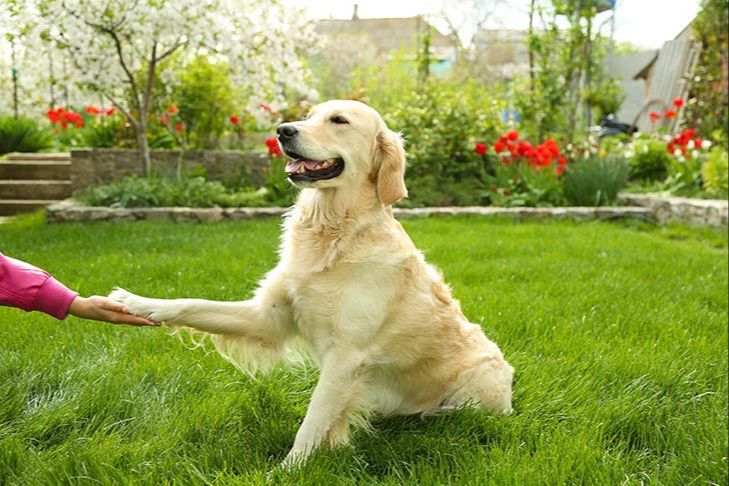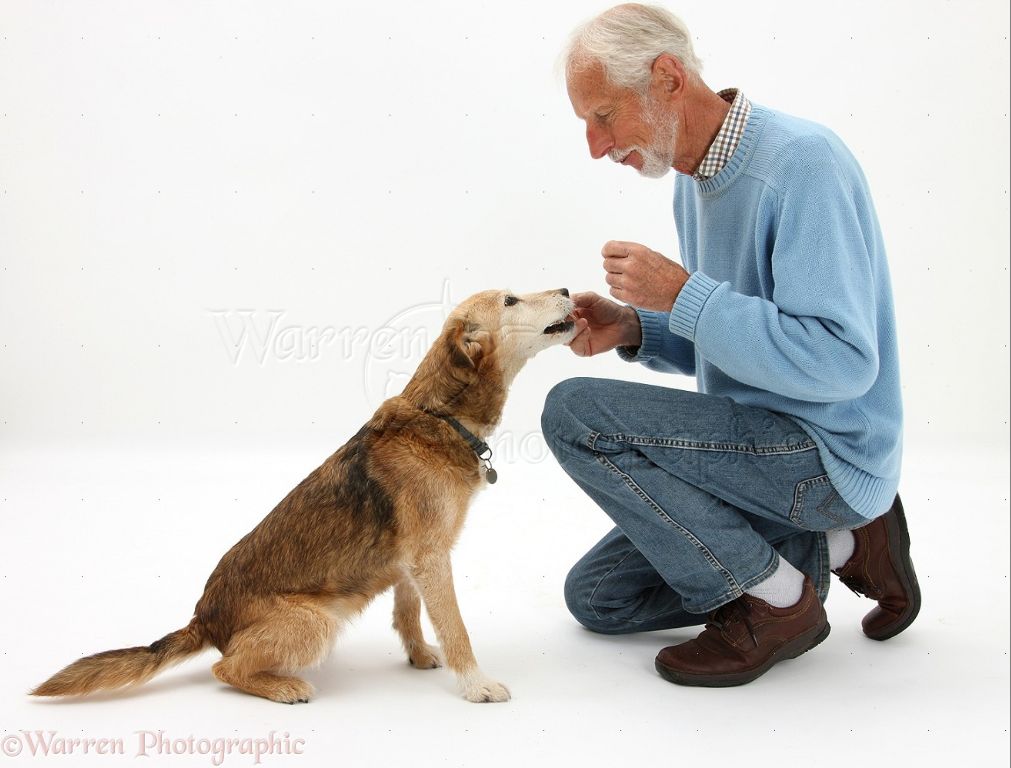Introduction
Teaching your dog tricks provides great mental stimulation and strengthens your bond. According to the AKC, trick training is beneficial for both dogs and their owners. Dogs enjoy the mental challenge of learning new behaviors, and owners enjoy bonding through teaching new skills in a positive manner (Why Trick Training Is Good for Dogs and Their People). Tricks teach impulse control, build confidence, and provide needed mental exercise (5 Benefits of Trick Training Your Dog). When teaching tricks, go at your dog’s pace using rewards-based methods. With patience and incremental training steps, you can teach your dog all sorts of entertaining behaviors.
Basic Obedience First
Before moving on to teaching your dog fun tricks, it’s important to spend time on the basic obedience commands first. These commands create a foundation of respect and communication between you and your dog. Focus on teaching the core four commands: sit, stay, come, and down.
The sit command teaches your dog to stop what they’re doing and pay attention to you. Have your dog sit before meals, walks, playtime, or giving treats to reinforce it. Use a reward-based method by luring your dog into a sit with a treat above their nose and praising/treating once they sit (AKC).
The stay command builds your dog’s self-control. Start in a sit position, say “stay”, take a few steps back, then return and treat. Gradually increase the distance and time. Use a release word like “okay” so your dog knows when the stay is over (Dogseechew).
The come command calls your dog back to you. Always reward your dog for coming to you, even if they were misbehaving. Practice in a safe enclosed area and use high-value treats. Don’t overuse the command or say it if you cannot enforce it (Dogue).
The down command has your dog lie down. Lure into position with a treat and use a verbal cue like “down”. Reinforce with praise and treats. Useful for calming your dog when overexcited (AKC).
Pick Easy First Tricks
When you’re just starting training, it’s best to pick some easy tricks first to build your dog’s confidence and reinforce the training process. Some great starter tricks include:
Shake
Teaching your dog to shake hands is a classic trick that most dogs can learn quickly. Hold a treat in your hand and say “shake.” Gently lift their paw and praise/reward when they lift it on their own. Dogs often pick this up within a few repetitions. [1]

Spin
With a treat in your hand, move it in a circle around your dog’s nose and say “spin.” Their head will follow the treat in a circle. Reward them when they turn all the way around. Keep practicing until they learn to turn in a circle for the verbal cue alone. [2]
Play Dead
Start with your dog in a down position. Gently roll them onto their side, say “bang” and have them “play dead” for a few seconds before rewarding them with praise and a treat. Build up to where they’ll go down and roll over from a standing position just on the verbal cue.
Starting with easy, fun tricks like these will get your dog engaged in training and set them up for learning more advanced skills.
[1] https://petfriendlybox.com/resource-center/tricks-to-teach-your-dog
[2] https://www.thesprucepets.com/fun-and-easy-dog-tricks-1117309
Use Positive Reinforcement
Positive reinforcement training is the most effective and humane way to train dogs. The basic idea is to reward your dog with things they like when they perform the desired behavior. This makes them more likely to repeat that behavior in the future. Common positive reinforcers for dogs include:
Food rewards – Small pieces of tasty treats make excellent rewards for training. Always use soft, pea-sized treats that can be eaten quickly. Good options include small pieces of cooked chicken, cheese, hot dogs, or commercial training treats. Food is a primary reinforcer that all dogs naturally find rewarding.
Verbal praise – Saying words like “good dog!” in a happy, excited tone of voice is another positive reinforcer. Praise is secondary reinforcement, as dogs learn to associate the words with receiving a primary reward like food. Always praise behaviors you like.
When using positive reinforcement, you simply wait for the desired response and immediately give the reward. Timing is important – the reward should come within 1-2 seconds of the behavior. Be patient and consistent, and your dog will learn faster with this effective approach.
Sources:
https://www.humanesociety.org/resources/positive-reinforcement-training
https://www.petmd.com/dog/behavior/how-to-train-a-dog-with-positive-reinforcement
Keep Sessions Short
When teaching your dog new tricks, it’s important to keep training sessions short, ideally 5-10 minutes maximum. As the saying goes, “little and often” is key. Puppies and dogs have short attention spans, so lengthy training sessions will lead to diminishing returns as your dog gets bored, distracted or frustrated.

Try to end each session on a positive note with your dog successfully completing a trick. Short, focused sessions prevent your dog from becoming overwhelmed and keep things fun. Consistency is important, so aim for a couple of short sessions per day rather than one long session.
Gradually increase session length as your dog masters the basics. But especially for young puppies or dogs new to training, short bursts of 5-10 minutes at a time work best. Be observant of your dog’s signals and wrap up when you notice signs of fatigue or wandering attention. Keeping training sessions short sets you and your dog up for success.
Sources:
https://www.rover.com/blog/how-long-take-to-train-a-dog/
https://studyplex.org/blog/how-long-does-it-take-to-train-a-dog/
End on a Positive Note
It is crucial to end each training session on a positive note, even if your dog struggled with certain tricks. According to experts, “It is really important that we always end training sessions with our dog on a high note. In other words the last thing we do should be fun and successful.”(source). If your dog is having trouble mastering a new trick, do not end the session on the failed trick attempt. This can cause frustration and diminish your dog’s confidence. Instead, go back to an easier, well-known trick that your dog can successfully perform. End with lots of praise, treats, and affection. This will keep your dog motivated to learn. Then during the next session, you can try the more difficult trick again after building up your dog’s confidence.
The key is ending on a positive, rewarding note so your dog associates training time with fun and bonding. Avoid scolding or correcting your dog at the end of a session. Save the struggling tricks for the next day. With patience over multiple short sessions, your dog will master the new skills while looking forward to training time.
Build on Previous Tricks
Once your dog has learned a few basic tricks, you can start chaining multiple tricks together into sequences. This helps keep your dog engaged, while also allowing you to teach more complex behaviors. There are two main methods for chaining tricks:
Back chaining involves teaching the last step of the sequence first, then the second-to-last step, and so on. For example, to teach a dog to fetch a ball and place it in a basket, you would start by luring the dog to place the ball in the basket. Next, you would practice throwing the ball a short distance and having the dog retrieve it and put it in the basket. Gradually increase the distance of the throws. This method works well because the dog is continually rewarded at the end of the sequence (Source: https://www.dogtalentassociation.com/post/forward-and-back-chaining-for-advanced-dog-tricks).
Forward chaining has you teach the first step first, then add each subsequent step. Using the fetch example, you would start by teaching your dog to pick up the ball. Next, teach your dog to hold the ball for longer durations as you walk towards the basket. Finally, have your dog drop the ball in the basket. Forward chaining can help build enthusiasm, as the dog is moving towards the reward with each new step (Source: https://www.dogtalentassociation.com/post/advanced-trick-dog-training-tools-behaviour-chaining-part1).
Troubleshooting
Teaching your dog new tricks doesn’t always go smoothly. Here are some common problems and solutions when training your dog:
If your dog is easily distracted or has a short attention span, keep training sessions short and engaging. Work in an area without a lot of distractions. Use high-value treats to keep their focus. Take breaks often.
If your dog is struggling to understand the cue or action, break it down into smaller steps. Go back to an earlier step they understood and slowly build up again. Be patient and keep sessions positive.
If your dog gets frustrated, end the session on a good note by asking for a trick they know well. Keep a positive attitude and don’t get upset. Try again later when you are both relaxed.
If you find yourself getting frustrated, take a break. Make sure you are using positive reinforcement methods. Seek help from a professional trainer if needed.
Remember that some dogs may not be suited for certain tricks, either due to physical limitations or lack of natural ability. Stick to tricks they enjoy and can comfortably perform.
Be consistent with verbal cues and hand signals. If your dog is confused, re-teach the trick from the beginning using clear, consistent cues. Always reward the exact behavior you want.
Don’t try to teach too many tricks at once. Master one before moving on. Come back to old tricks to keep them fresh. Training takes patience, but should be fun for both you and your dog!
Advanced Tricks
Once your dog has mastered the basics, you can move on to more advanced tricks to keep them engaged and having fun. Two popular advanced tricks are jumping through a hoop and weaving through poles.
To teach your dog to jump through a hoop:[1] Start with the hoop on the ground and lure your dog through with a treat. Use a command like “hoop” as they go through. Gradually raise the hoop off the ground, rewarding each successful jump through. Keep sessions short and fun. Eventually your dog will happily jump through a hoop you hold up.

Weave poles[2] involve teaching your dog to weave in and out of a line of poles. Start with just 2 poles on the ground in a straight line. Lure your dog in and out with a treat. Use a command like “weave” and reward when they go around the poles correctly. Slowly add more poles and increase the distance between them as your dog learns the weaving pattern.
With patience and positive reinforcement, your clever canine will master these impressive advanced tricks!
[1] https://www.akc.org/expert-advice/training/advanced-dog-tricks/
[2] https://addictionpet.com/blog/5-advanced-tricks-teach-dog/
Conclusion
In summary, when teaching your dog new tricks, it’s important to start with basic obedience commands before moving on to more advanced skills. Always begin by teaching easier tricks first using positive reinforcement like treats and praise. Keep training sessions brief to avoid frustration. Build on what your dog already knows by linking tricks together into sequences. Be patient and persistent – some tricks may take weeks or months before your dog has truly mastered them. Celebrate small successes along the way to keep things fun.

A few final tips: try to end every session on a positive note with a trick your dog performs well. Use hand signals as well as verbal cues. Practice short sessions every day rather than long sessions once a week. And give your dog a treat jackpot for conquering a new trick! With time, patience, and persistence, you can teach your clever canine lots of entertaining abilities.
